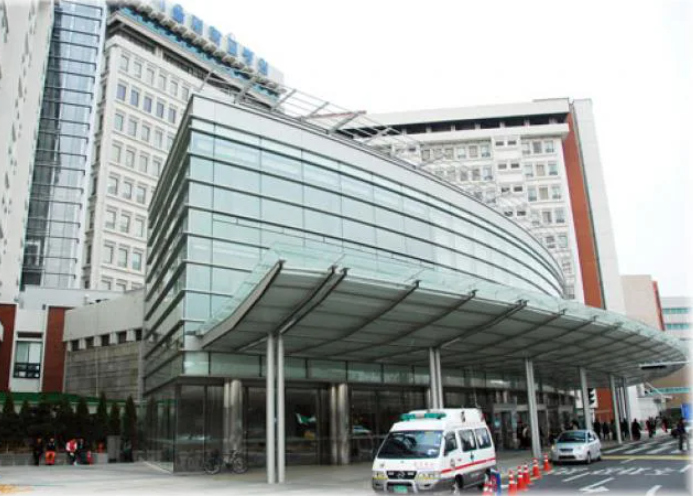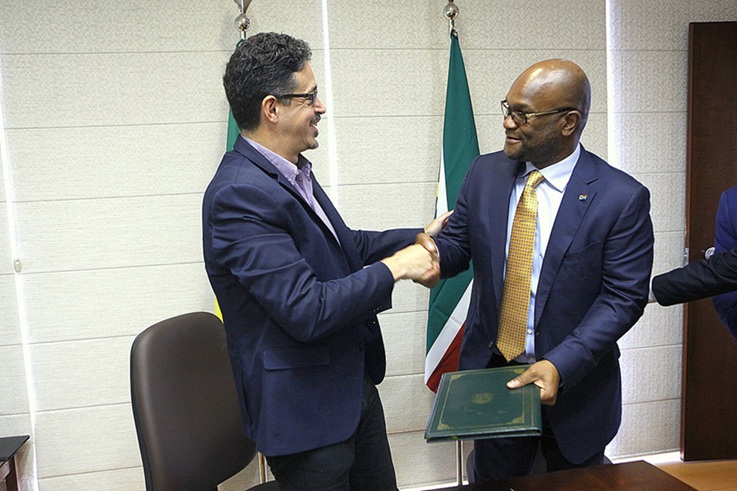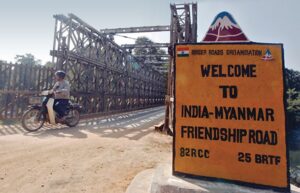The landscape of South Korea’s healthcare system is facing unprecedented challenges as major general hospitals grapple with the repercussions of a prolonged strike by trainee doctors. The impact of this strike is being keenly felt, with more than 90 percent of the country’s 13,000 trainee doctors participating in the walkout.
The core of the issue lies in the government’s decision to increase the medical school enrollment quota by 2,000 seats, a move that has sparked significant unrest within the medical community. This decision, slated to take effect next year, has prompted widespread protests from trainee doctors who fear that such a measure will compromise the quality of medical education and services while leading to an oversupply of physicians.
As a result of the strike, major hospitals such as Asan Medical Center, Samsung Medical Center, Severance Hospital, Seoul National University Hospital, and Seoul St. Mary’s Hospital have been forced to take drastic measures. These hospitals have collectively suffered daily losses exceeding 1 billion won (US$741,344) and have been compelled to temporarily shut down wards and rearrange staff to mitigate the financial strain.
Seoul National University Hospital, for instance, has closed 10 out of its 60 wards, including those catering to emergency and cancer patients. Similarly, Asan Medical Center and St. Mary’s Hospital have closed several wards each, citing the need to focus on emergency and critically ill patients with their limited medical personnel.
The situation has been exacerbated by the fact that hospitals are unable to predict when the strike will end, as trainee doctors continue to abstain from work, and professors have tendered resignations. This has left remaining hospital staff stretched thin and struggling to maintain essential services.
In response to the crisis, hospitals have resorted to cost-cutting measures, including accepting applications for unpaid leave from employees and postponing the recruitment process for nurses. Additionally, Seoul National University Hospital has secured a 100 billion won credit facility to address further financial difficulties.
The standoff between the government and doctors shows no signs of resolution, with President Yoon Suk Yeol calling for “flexibility” regarding the suspension of doctors’ licenses and dialogue. However, the government has reiterated that the 2,000 quota hike is non-negotiable, as it seeks to address the looming shortage of doctors, particularly in rural areas and essential medical fields.
As South Korea grapples with the challenges posed by an aging population and a projected shortfall of 15,000 doctors by 2035, finding a resolution to this impasse has become more urgent than ever. The future of the country’s healthcare system hangs in the balance, with both sides entrenched in their positions, and the impact of the strike reverberating throughout the nation’s hospitals and medical facilities.
(Source: The Korea Times)









